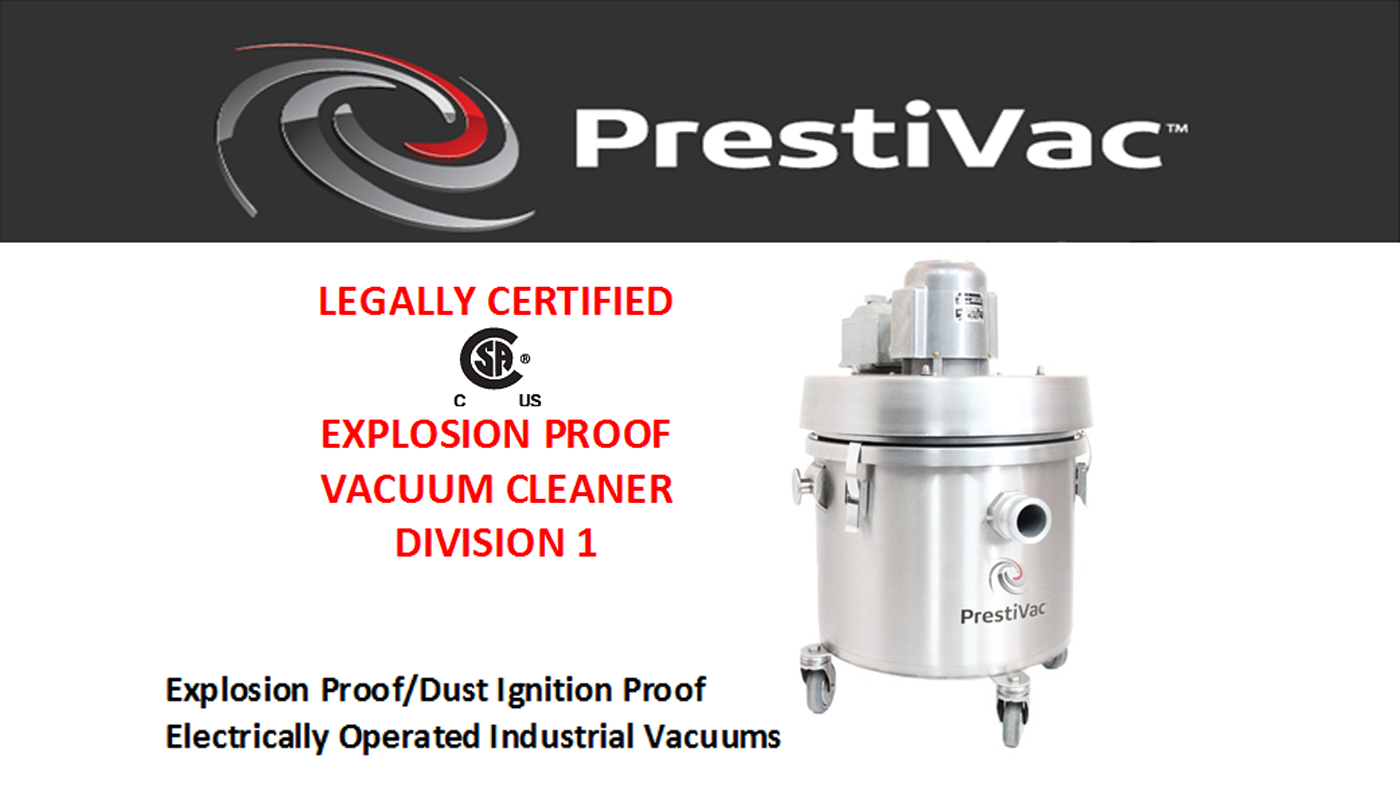In recent years, focused has been raised on every industry operating in the United States with the pharmaceutical industry receiving special focus. Any pharmaceutical company faces unique challenges due to the potential hazard of the generated products. Pharmaceutical industries must adhere to these principles and guidelines in the United States.
Current Good Manufacturing Practices (cGMP)
The 21 CFR Part 211 that came into play in 1963 led to the making of Good Manufacturing Practices introducing quality control principles to the drug manufacturing industry. The c in cGMP stands for current to imply that the rule allows changing technology in realizing GMP.
This regulation demands that the facility including the equipment remain clean. This is emphasized by various sections of this regulation as follows:
Section 211.63 accounts to the equipment location, size and design and requires every piece of equipment used in holding, manufacture, processing or holding of a drug product to be of good size, have the right design and used in a suitable location for cleaning, maintenance and to facilitate operations.
Section 211.56 (b) this regulation states that any process matter such as coolants and lubricants should not interact with drug containers, in-process materials, components or drug products.
Section 211.67 dictates there should be drafted procedures for maintenance, clean, and sanitation to prevent contaminations and malfunctions.
Sections 211.180 and 211.182 states that every facility should have a record for cleaning, maintenance, sanitation and inspection of all equipment.
Cleanrooms
For a clean room to be certified by the FDA, it must meet all cleanroom standards for a controlled environment as stated in ISO 14644. This law comprises of:
- ISO 14644-1 Classification of Air Cleanliness
- ISO 14644-2 Stipulations for Testing and Observing to Show Continued Compliance with ISO 14644-1
- ISO 14644-3 Test Methods
- ISO 14644-4 Design, Manufacture, and Start-up
- ISO 14644-5 Operations
- ISO 14644-6 Vocabulary
- ISO 14644-7 Separate Devices (Clean Air Hoods, Gloveboxes, Isolators, and Minienvironments)
- ISO 14644-8 Cataloguing of Airborne Molecular Contamination
- ISO 14644-9 Sorting of Surface Particle Cleanliness
Combustible Dust
Due to the strict cleanliness procedures followed in pharmaceutical plants, combustible dust is commonly overlooked as a risk but all this changed after the pharmaceutical facility explosion in North Carolina, 2003. The dust was overlooked to the extent that it settled in the overhead beams, ceiling tiles and light fixtures.
This led OSHA to issue a combustible dust NEP (National Emphasis Program) that highlighted pharmaceutical firms as a risk of a combustible dust fire or explosion. OSHA came up with guidelines to reduce the risks by regular cleaning and maintenance. All facilities must adhere to the NEP regulation and the ones on NFPA 654.













